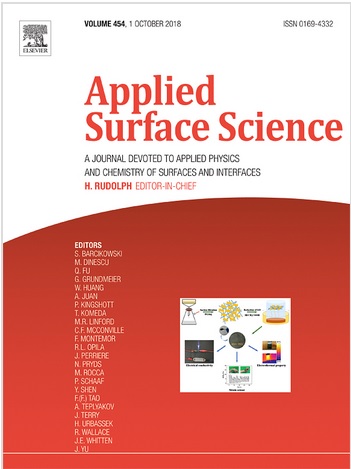In this paper, a synthesis and physicochemical characterization of a novel magnetite/lignin (Fe3O4/Lig) and magnetite/lignin/polydopamine (Fe3O4/Lig/PDA) materials are presented as a novel and effective platforms for an enzyme immobilization or biosensing application. The hybrid has interesting features like improved thermal and mechanical stability, excellent adhesion for inorganic and organic materials, transferability of electrons and photothermal properties. In order to characterize features of the materials, carried out Fourier transform infrared spectroscopy (FTIR), scanning electron microscopy (SEM), transmission electron microscopy (TEM), atomic force microscopy (AFM), thermogravimetry analysis (TGA), electrokinetic potential (zeta), and magnetic measurements (SQUID). From the TEM analysis, magnetite/lignin hybrid is proved to be covered by a 2–3 nm uniform layer of polydopamine.
In a further study, the resultant functional biomaterial Fe3O4/Lig and Fe3O4/Lig/PDA were used to immobilize glucose oxidase (GOx). The immobilization capacity of 26.92 and 29.24 mg/g were achieved for Fe3O4/Lig and Fe3O4/Lig/PDA, respectively.
After mixing of the materials with graphite and ferrocene, the modified carbon paste electrodes CPE/Fe3O4/Lig/GOx/Fc and CPE/Fe3O4/Lig/PDA/GOx/Fc were obtained and they were tested for application as bioelectrochemical glucose sensing system. The linear ranges of CPE/Fe3O4/Lig/GOx/Fc and CPE/Fe3O4/Lig/PDA/GOx/Fc were from 0.5 to 4.5 and 0.5–9.0 mM glucose, respectively. The hysteresis loops of the prepared materials show no coercivity and remanent magnetizations at room temperature, exhibiting typical superparamagnetic behavior.

